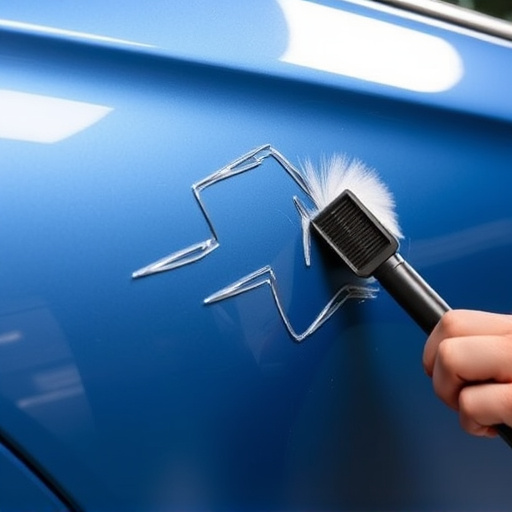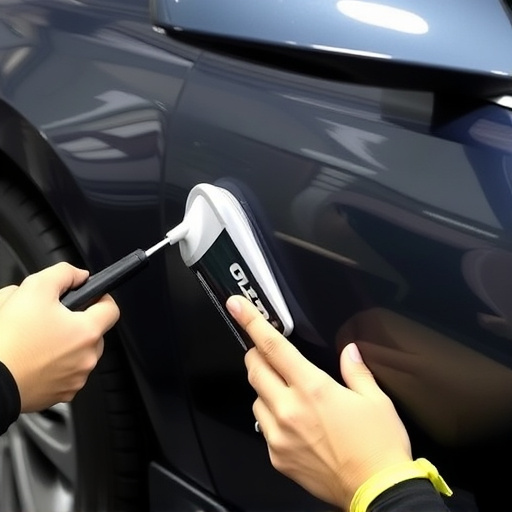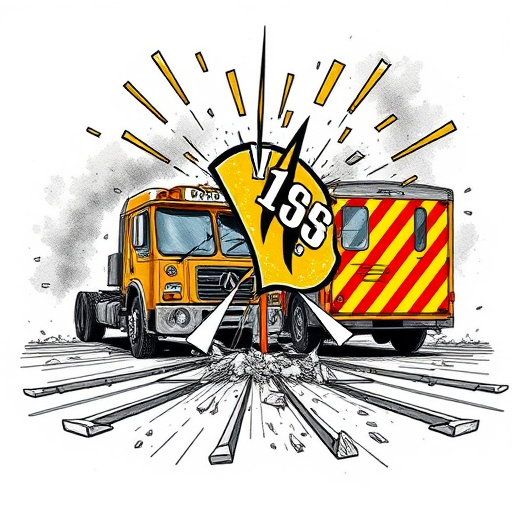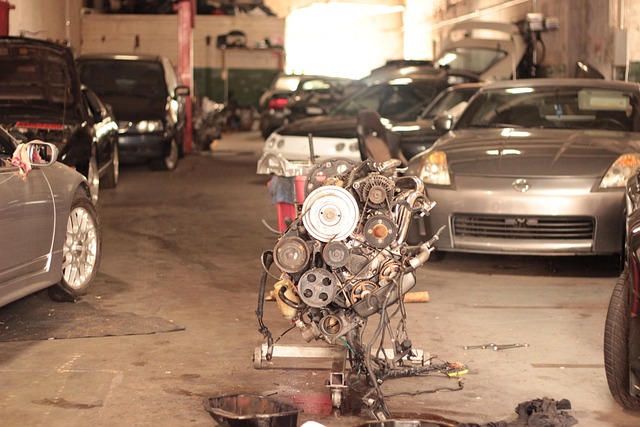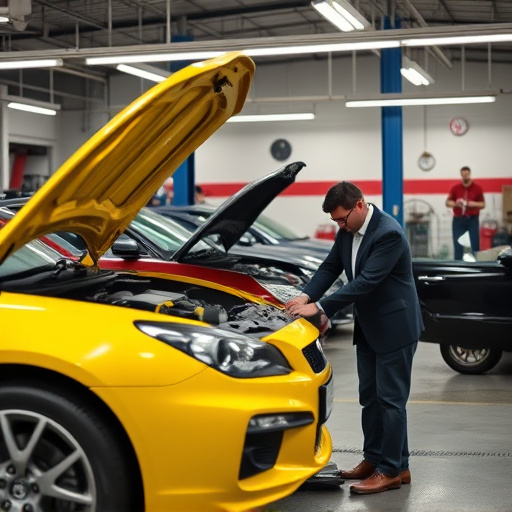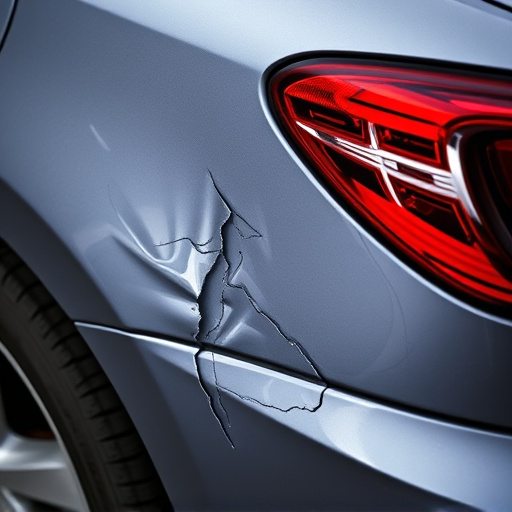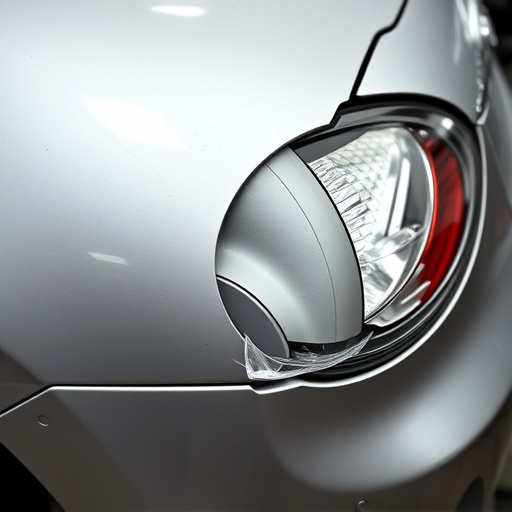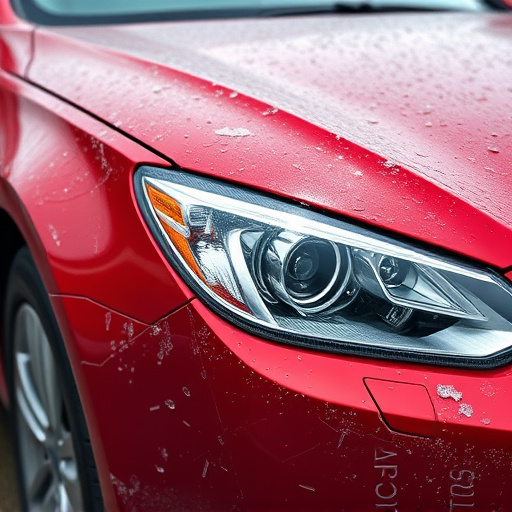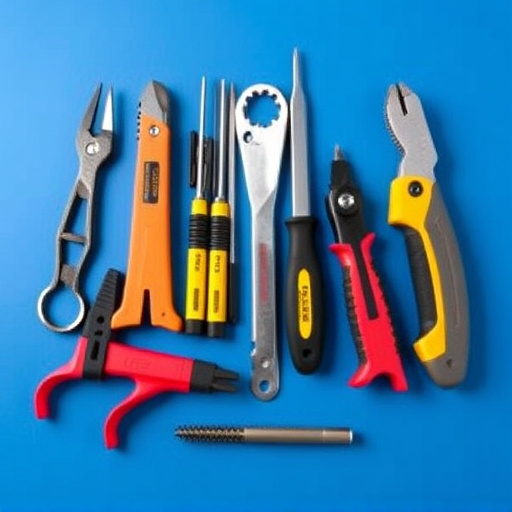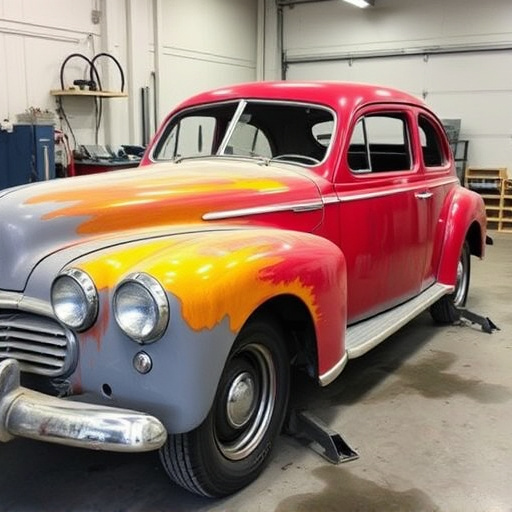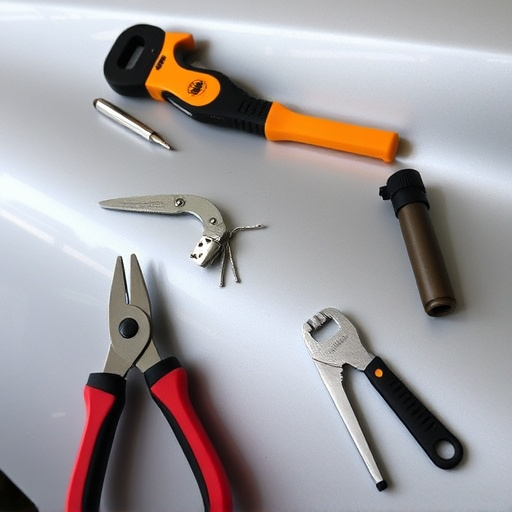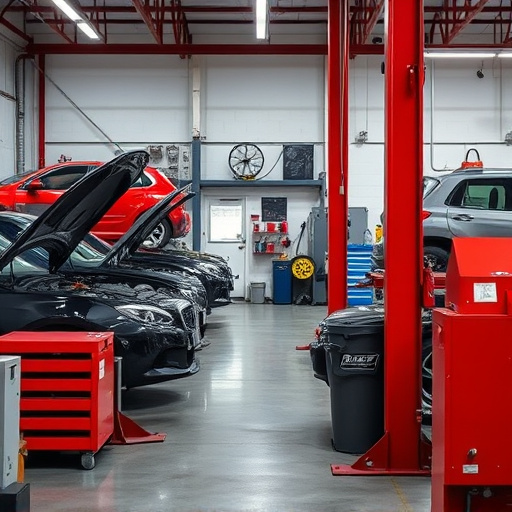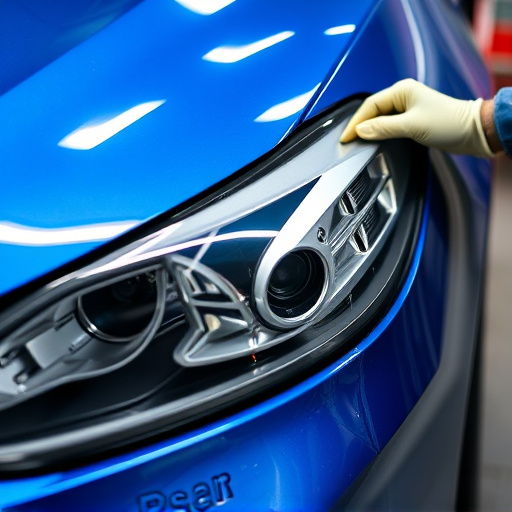Weather conditions significantly impact demand for auto body panel replacement and collision repair services. Extreme events cause substantial vehicle damage, while normal weather variations contribute to issues like metal corrosion and warped bodies. Collision repair shops must adjust schedules and prioritize urgent repairs during favorable weather to efficiently handle anticipated surges. Optimal scheduling considers ideal temperatures (60-80°F/15-27°C) and low humidity for superior paint quality and longer-lasting repairs, ensuring efficient auto body panel replacement.
Weather conditions significantly impact auto body panel damage, making scheduling replacement a delicate task. Extreme temperatures, heavy rain, and storms can delay repairs, affecting both safety and efficiency. This article explores the intricate relationship between weather and auto body panel replacement, delving into the challenges and optimal timing for seamless, effective repairs. By understanding these factors, businesses can minimize delays, ensure safety, and enhance customer satisfaction during restoration processes.
- The Impact of Weather Conditions on Auto Body Panel Damage
- Scheduling Challenges: Delays and Consideration for Safety
- Optimal Timing for Efficient and Effective Replacement
The Impact of Weather Conditions on Auto Body Panel Damage
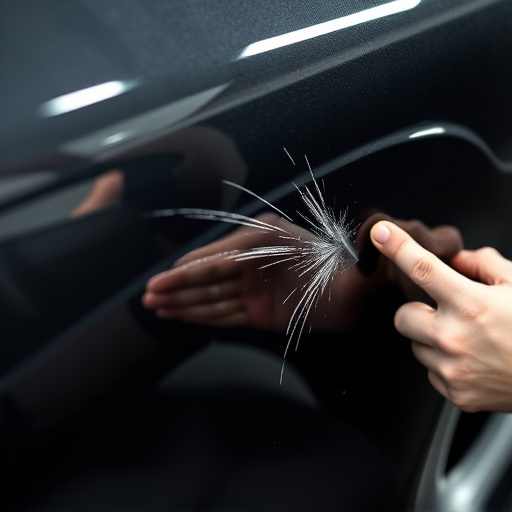
Weather conditions play a significant role in shaping the need for auto body panel replacement and the scheduling of collision repair services. Extreme weather events, such as storms, heavy rainfall, or blizzards, can cause substantial damage to vehicles. High winds can rip off panels, while flooding may lead to water damage, causing metal corrosion and structural weaknesses. These natural occurrences often result in a surge of accidents due to reduced visibility, slippery roads, or loss of vehicle control.
In regions with frequent and severe weather changes, the demand for auto body panel replacement services increases significantly during specific seasons. For instance, snowy winters may lead to more fender benders caused by sliding vehicles, while hot summers could contribute to warped car bodies due to rapid temperature changes. Collision repair shops need to consider these weather-related factors when planning their schedules to ensure they can accommodate the expected influx of damaged vehicles efficiently, providing prompt and quality auto body repair services.
Scheduling Challenges: Delays and Consideration for Safety

Scheduling auto body panel replacement can present several challenges, especially when considering weather conditions. Unfavorable weather, such as heavy rain, snowstorms, or strong winds, can cause delays in the estimation and repair process. These delays are not only inconvenient but also pose safety concerns. When metal panels are damaged, precise measurements and alignment are crucial to ensure structural integrity during replacement. Moisture from rain or extreme temperatures can affect paint quality and adhesion, leading to subpar vehicle restoration outcomes.
Collision repair experts often have to navigate these challenges by adjusting their schedules accordingly. They may prioritize more urgent repairs during favorable weather conditions to minimize the risk of further damage caused by adverse weather. Additionally, they employ advanced techniques, including dent removal methods that are less susceptible to weather-related delays, ensuring that vehicles are restored promptly and safely.
Optimal Timing for Efficient and Effective Replacement

Scheduling auto body panel replacement at the optimal time is crucial for both efficiency and effectiveness. Weather plays a significant role in this process, as it can impact the quality of repairs and the overall turnaround time. For instance, ideal conditions for auto body painting are typically reached when temperatures fall between 60-80°F (15-27°C) with low humidity levels. During colder or more humid periods, paint may take longer to dry, potentially leading to delays in completion.
Similarly, fender repair and other structural replacements benefit from milder weather conditions. Extreme heat can cause certain adhesives and materials to set too quickly, while heavy rain after repairs can compromise the integrity of freshly worked metal panels. Therefore, planning auto body panel replacement during pleasant, moderate weather ensures that technicians have the best environment in which to work, resulting in higher-quality fixes that last longer.
Weather conditions significantly impact auto body panel replacement scheduling, with varying climates affecting both damage assessment and repair efficiency. Understanding these influences is key to optimizing timelines. By considering the optimal timing for replacements, repair shops can enhance productivity, ensure quality work, and maintain customer satisfaction. Proper planning, accounting for weather-related delays, contributes to a smoother process, ultimately streamlining auto body panel replacement services.

